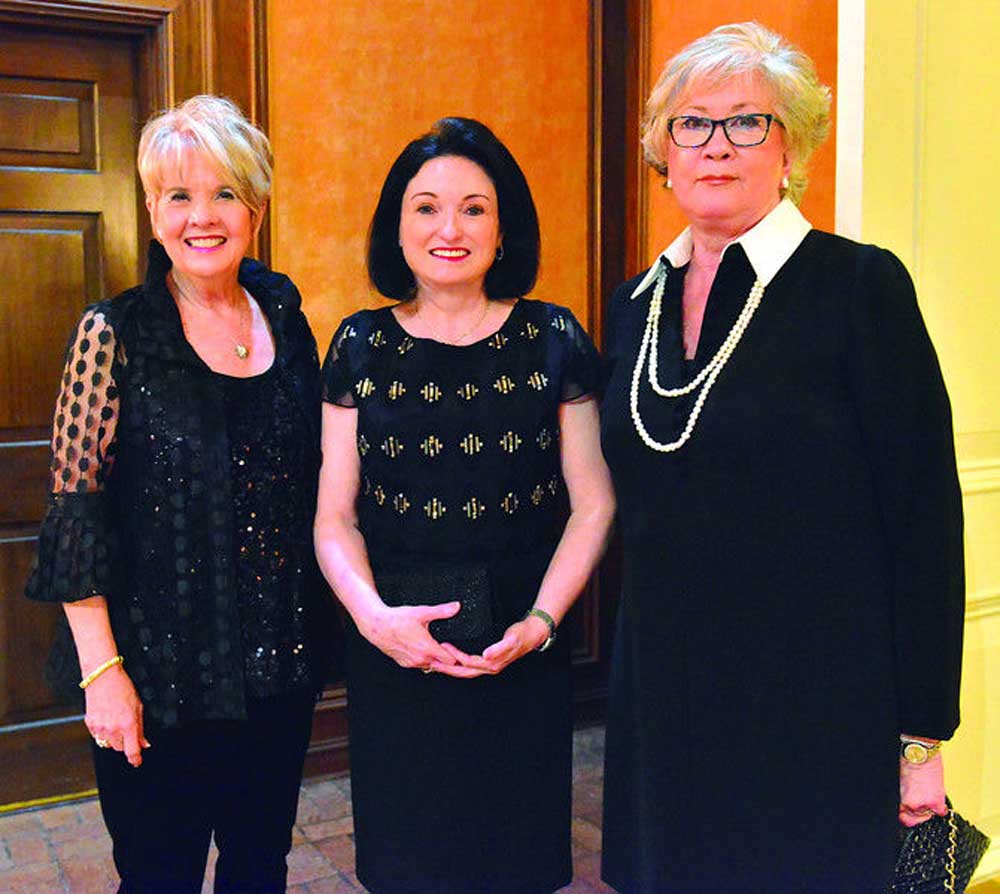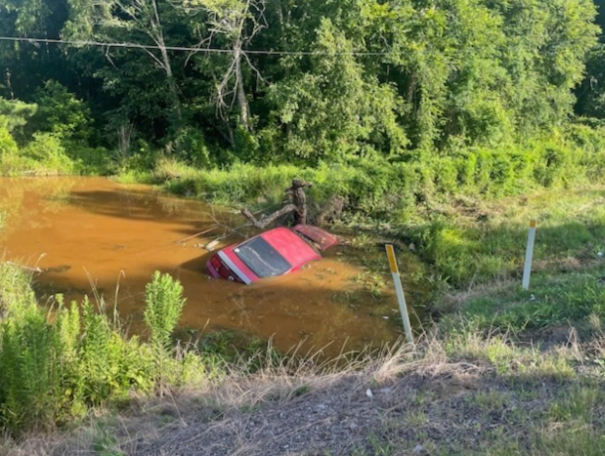It’s time to plant fruit and nut trees
Published 10:30 am Wednesday, January 16, 2019

- Greg Grant
Now is the time to plant fruit (and nut) trees. Before a fruit tree is planted, make sure there is adequate space.
According to Extension fruit and nut specialist, Dr. Larry Stein, most fruit trees require an area 25 feet by 25 feet; dwarfs need about 12 feet by 12 feet. The site must have a full day’s sun. And a single peach tree, properly cared for, can easily produce two bushels of fruit (about 100 pounds) so don’t plant too many fruit trees for your needs or your ability to look after them.
Fruit trees are best planted in mid-winter to allow time for root development prior to spring growth. First, clear the site of weeds or turf, and till or spade an area at least 4 feet by 4 feet. Any hard pan (layer) beneath the soil should be broken up. Level the site, and till again. Organic matter may be added to the planting area, but it is unnecessary, and never add fertilizer. To allow for soil water drainage, the site may be built up so that the tree will be sitting on a small berm.
Plant the tree in the middle of the tilled area in a hole as big as the root system, usually about 12 inches square, and at least 18 inches deep. Plant the tree and refill the soil to the same depth that the tree grew in at the nursery, being careful the tree does not settle too deep. Mulch the area around the trunk with about 3 inches of compost, pine straw or mulch to prevent weeds and to keep the ground warmer during the remaining winter. In April or May, as the grass greens up, spray 3 or 4 feet around the base of the tree with glyphosate herbicide if weeds are a problem (being careful not to spray leafy sprouts on the trunk) or add new mulch to keep the weeds out and the ground cooler during the summer. It is critical that this be done if the tree is to perform well. If you do little else, maintain this weed-free circle around the tree, and the tree will do better than if nothing at all is done.
The best tree to plant is the variety adapted to and recommended for your area. Select mid-size trees; they are cheaper and grow better than the larger trees. Plus, it is far easier to cut 3- to 4-foot trees back to 18 to 24 inches, than to prune 5- to 6-foot trees. Such strong cutback is necessary to remove apical dominance, put the top in balance with a reduced root system, and force out strong vigorous shoots, which are easy to train. The trees should have healthy white roots with no brown streaks. Also, check for borer presence or damage. With proper care, it is highly possible for your fruit tree to fruit the second year after planting. For a list of recommended fruit and nut varieties for Smith County, see the Texas A&M AgriLife Extension Service-Smith County website at https://smith.agrilife.org/links/horticulture. For more information on growing fruits and nuts in Texas, go to Fruit and Nut Resources on the Aggie Horticulture website at https://aggie-horticulture.tamu.edu/fruit-nut.
Greg Grant is the Smith County horticulturist for the Texas A&M AgriLife Extension Service and author of “Texas Fruit and Vegetable Gardening.” You can read his “Greg’s Ramblings” blog at arborgate.com, follow him on Facebook at “Greg Grant Gardens” or read his “In Greg’s Garden” in each issue of Texas Gardener magazine (texasgardener.com). More science-based gardening information from the Texas A&M AgriLife Extension Service can be found at aggie-horticulture.tamu.edu.






